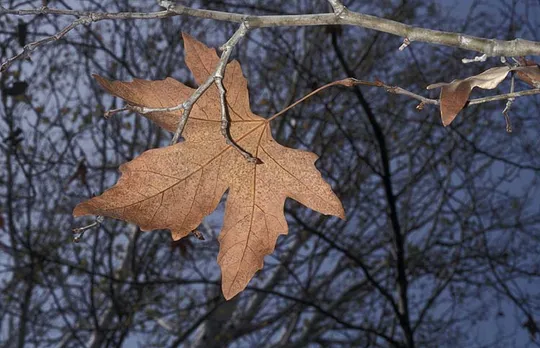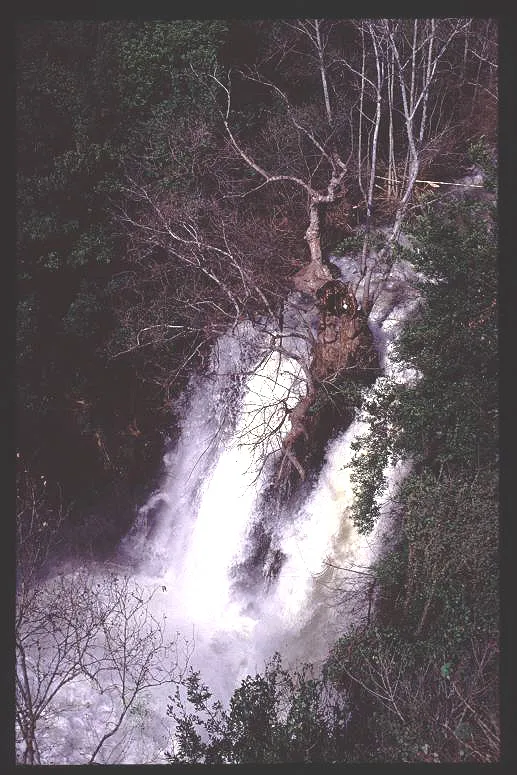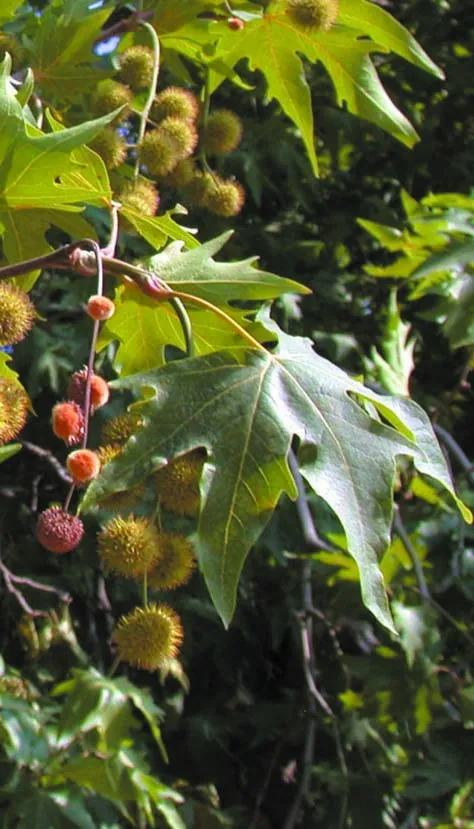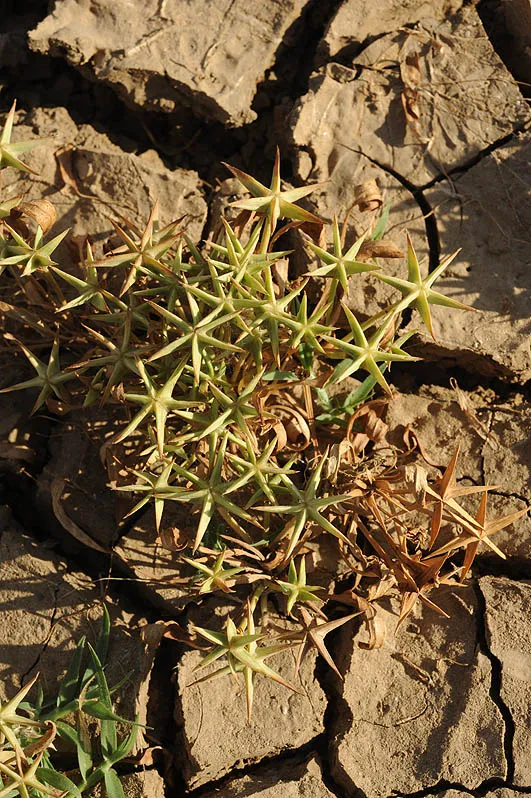Oriental Plane Tree
Platanus orientalis



Platanus
orientalis is one of the finest ornamental trees in Israel. It
was once used in construction. It is resistant to infections due to its peeling
bark. It is used in the world to line boulevards.
Platanus
orientalis dominates the banks of perennial streams in the Upper Galilee (in the Kziv and Betset
Streams), in the Hula Valley (Jordan River sources, particularly in the Snir and Hermon
streams) and the Golan streams descending to the Sea of Galilee. Only a few Platanus trees survived in Samaria in Wadi Dolev north of Ramallah, but there is no accurate information
available regarding the number of surviving trees. Ruhama Berliner (internal
report of the Nature Reserves
Authority, 1981), notes that until 1967 P. orientalis was
known to be degraded and decimated. Because of nature conservation in the 1970s, the trees developed and renewed. She stressed the importance of
the species in Wadi Dolev: “the few remaining Platanus
trees in Wadi Dolev are rare remnants of large forests that grew here in the distant past of which there are remnants only in a few Western Galilee streams." It is not clear whether the decimation of the stream
bank forest of P. orientalis in
Samaria is a result of spring
water diversion or of climate
change and desiccation.
In the past, P. orientalis grew
around Jerusalem and Hebron, as evidenced by the names two streams and a spring in the Judean Hills. The
only remaining natural P. orientalis tree has recently become extinct in Edom. This pattern of springs named for non-existent Platanus trees repeats itself in southern Jordan as well.
This is probably significant
evidence of the drying climate over the past century.
Grows wild along perennial
streams in Israel's Mediterranean region.
The genus Platanus includes
ten species of giant trees,
all of which have palmate leaves.
Eight species of Platanus grow in North America and only two grow in the Old World: one in South East Asia and one, P. orientalis, grows in the Mediterranean region,
in Iran and in the Himalayas. This disjunct distribution pattern
is characteristic of Arctic-Tertiary vegetation, of which P.
orientalis
is a typical representative. This vegetation was dominant in the early Tertiary (40-50 million years or so ago) in the Northern Hemisphere, and was characterized
by huge forests of deciduous broad-leaved trees. P. orientalis demonstrates
how it survived.
·
The
number of Platanus orientalis
sites is still large (75), but many of them are threatened by desiccation due to over-pumping and water diversion
from streams.
·
Some
of the important sites are located in nature reserves: Kziv, upper Amud Stream,
Betset, Dan, Hermon Stream (Banias), Snir Stream (Hatsbani), Zavitan Stream. The Samaria sites are
affected by over-pumping of stream waters and physical damage
despite being located
in a nature reserve.
·
P.
orientalis is also preserved in ornamental gardens in settlements.
Action should be taken to restore water to streams where Platanus
orientalis
grows, and to declare the site a nature reserve (the species itself is protected by law) in order to preserve its
habitat.
Platanus
orientalis is found in Mediterranean countries from
Italy and eastwards to the Kashmir and the
Caucasus Mountains. P.
orientalis is one
of the most characteristic trees of
the Mediterranean region. In the Middle East it grew in Mediterranean areas near perennial waterways: Turkey, northern Iraq, Syria and Lebanon and Jordan (Ragib Stream in Gil'ad and Sir Stream in
Ammon).
Platanus orientalis
is a tall deciduous tree
that grows along perennial streams in the Galilee and in the Dan Valley. It is very rare in Samaria and extinct
in Judea. Despite
the tree being protected, it is threatened by the severe degradation of the
water regime in its habitats, which has already resulted in the extinction of southern sites in its range.
Current Occupancy Map
| 1000 squre meter pixel | 5000 squre meter pixel | 10000 squre meter pixel | |
|---|---|---|---|
| number of observations | 0 | 0 | 0 |
| in total pixels | 0 | 0 | 0 |
| Family | Platanaceae |
| Classification | On the endangered species list |
| Ecosystem | Mediterranean humid |
| Chorotype | Mediterranean |
| Conservation Site | Kziv Stream |
| Rarity |
1
1
6
|
|---|---|
| Vulnerability |
0
4
4
|
| Attractiveness |
0
1
4
|
| Endemism |
0
0
4
|
| Red number |
1
3.7
10
|
| Peripherality | N |
| IUCN category | DD EW EX LC CR EN VU NT |
| Threat Definition according to the red book | Vulnerable |
 Based on:
Based on:






